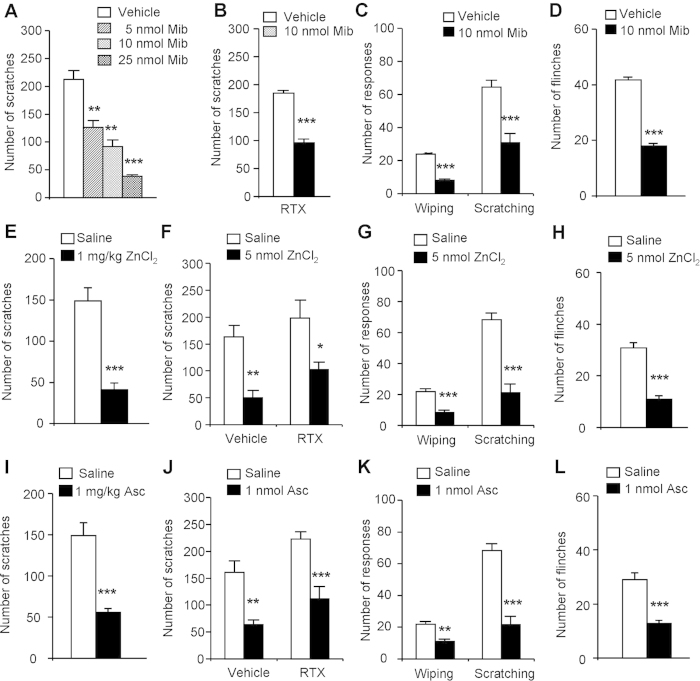Figure 5. The inhibitory effects of T-type calcium channel blockers on NaHS-induced itch and pain behaviors in mice.
(A) Systemic zinc chloride (ZnCl2; i.p. 1 mg/kg) significantly inhibited NaHS-induced scratching. (B) Local application of ZnCl2 (i.d. 5 nmol) significantly inhibited NaHS-induced scratching in both RTX- and vehicle-treated mice. (C) ZnCl2 (i.d. 5 nmol) significantly inhibited NaHS-induced both forelimb wiping and hindpaw scratching in cheek model. (D) ZnCl2 (i.pl. 5 nmol) significantly inhibited NaHS-induced flinching. (E) Systemic ascorbic acid (Asc; i.p. 1 mg/kg) significantly inhibited NaHS-induced scratching. (F) Asc (i.d. 1 nmol) significantly inhibited NaHS-induced scratching in both RTX- and vehicle-treated mice. (G) Asc (i.d. 1 nmol) significantly inhibited NaHS-induced both forelimb wiping and hindpaw scratching in cheek model. (H) Asc (i.pl. 1 nmol) significantly inhibited NaHS-induced flinching. (I) Local application of mibefradil (Mib) (i.d. 5–25 nmol) dose-dependently inhibited NaHS-induced scratching in mice. (J) Mib (i.d. 10 nmol) significantly inhibited NaHS-induced scratching in RTX-treated mice. (K) Mib (i.d. 10 nmol) significantly inhibited NaHS-induced both forelimb wiping and hindpaw scratching in cheek model. (L) Mib (i.d. 10 nmol) significantly inhibited NaHS-induced flinching. All data are expressed by means ± SEM. n = 6–8 mice per group. *P < 0.05; **P < 0.01, ***P < 0.001 vs. vehicle control, Student’s t test.

